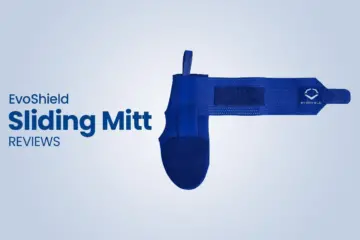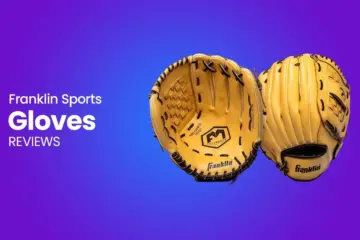No products in the cart.

The Evolution of Baseball Equipment: From Wooden Bats to High-Tech Gear
Baseball bats have long been a fundamental tool of the game, essential for hitting and…

Baseball bats have long been a fundamental tool of the game, essential for hitting and…

Embark on a journey through the fascinating world of baseball with “Baseball Trivia Unleashed: 10…

Hey fellow baseball enthusiasts! Today, I want to share my personal experience with the EvoShield…

Hey there, fellow athletes! Today, I want to share my personal experience with the Franklin…